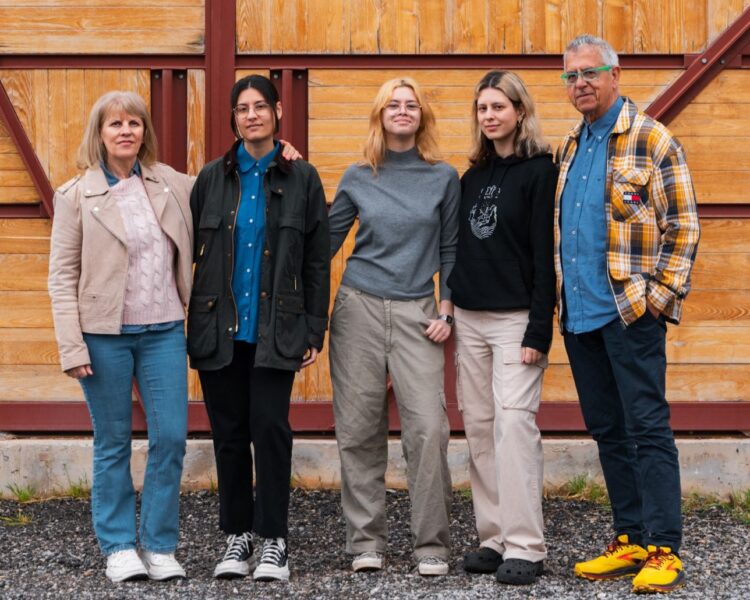Monemvasia Winery
Perhaps you’ve heard the story of the ancient Malvasia grape varieties: this widespread and multifarious family traces its origin, it is said, to the Greek port city of Monemvasia in southern Lakonia, a city later called Malvasia by its Venetian overlords.
There are elements of truth to the story, but it obscures a more complicated reality. Malvasia never originally referred to grapes, but to the historical style of dried-grape sweet wine shipped from that port since the 11th century, and in fact, most of the ‘Malvasia this-and-that’ around the Mediterranean was probably so called simply because it was originally used to make a style imitating that of Monemvasia/Malvasia. The main grape actually used for Greek Malvasia wine was—you guessed it—the Monemvasia grape, and in an even more complex historical twist, after losing prominence over the centuries to growing competition and then suffering the death-knell of Ottoman occupation, the Monemvasia grape all but died out on mainland Greece, persisting solely on the Cycladic islands. And there it might have remained, cut off from its historical homeland, until the Tsimbidi family’s Monemvasia Winery was founded in 1997 both to defend this indigenous variety and to resurrect from oblivion the historical dried-grape style of Malvasia that once graced all of the most sophisticated tables around the Mediterranean basin and beyond.
This new chapter began with George and Elli Tsimbidis. George, a native of the village of Velies just outside of Monemvasia, was a physicist by profession and a wine lover and amateur of history by avocation who longed to renew the millennium-old glory of his hometown. Starting in 1997, he began buying grapes, teaching himself to make wine (physicist, remember) and cataloguing and studying the character of the local varieties he sought to recover, chief among them Monemvasia cuttings brought over from the Cycladic island of Paros, but also including Kydonitsa, Asproudi, Mavroudi, and others. In 2005 he was finally able to plant his own vineyards, of which he now cultivates 30 hectares split between the villages of Velies and Agios Dimitrios, all in organics. During this time, he also cultivated the friendship and collaboration of Stavroula Kourakou (1928-2024), a legendary Greek enologist, longtime director of the Greek Wine Institute and an influential EU committee chairman on wine law. Thanks to her championship, George realized perhaps his crowning achievement in 2010 with the creation of the PDO ‘Monemvasia-Malvasia’, and was therefore able to commercialize the first (and still the only) official version of this legendary wine in historical memory.
The second generation is now at hand, with two of George and Elli’s daughters, Marialena and Anastasia, helming the winemaking team, and a third daughter Artemis currently in enological studies. They produce a lovely range of styles from the harsh, unyielding terrain of southern Lakonia, where the hot, dry summers are blessedly tempered by the 5-mile distant Mediterranean sea and the cool northeast meltemia winds. Beyond the gloriously-resurrected PDO Monemvasia-Malvasia sweet wine, certainly one of the great unsung examples in contemporary Greece, we are pleased to offer Voltes, a superb entry-level brand showing both white and red faces of Lakonia; a definitive and emblematic dry Monemvasia; a varietal Assyrtiko (the Tsibidis believe this variety was likely part of the historical grape mix here and will become increasingly important in a warming climate); and an amazingly elegant and delicate varietal red Limniona.




